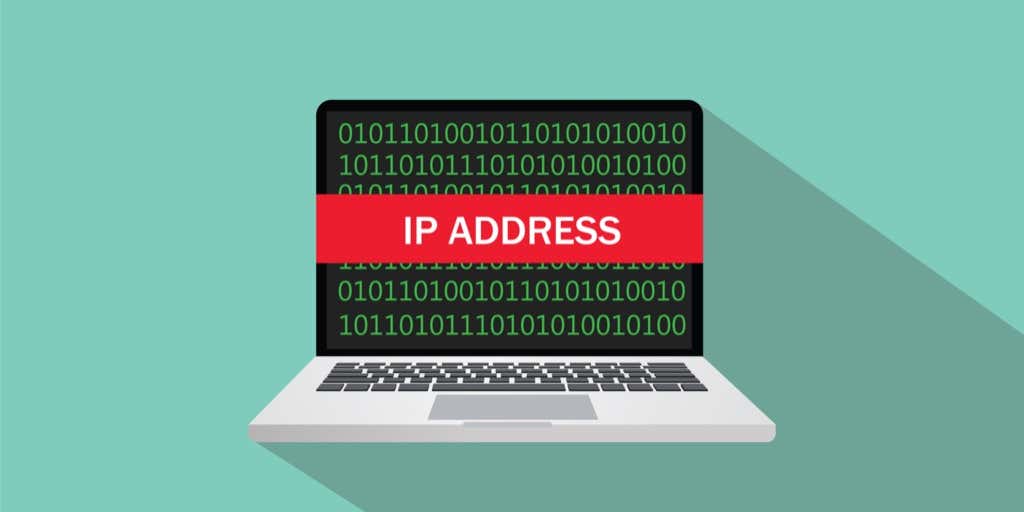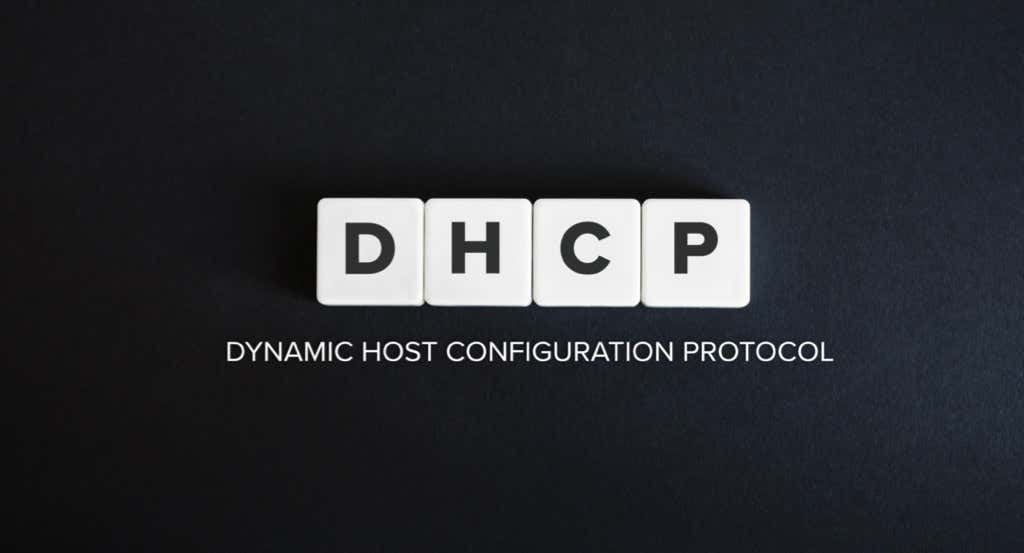Static IP vs. Dynamic IP Addresses (DHCP) – 5 Big Differences
When you sign up for internet service from your local Internet Service Provider (ISP), you’re assigned an IP address. Like your home address, this lets your device navigate the internet and help identify a specific device on your network.
Typically, your ISP provides a dynamic IP address for your connection. However, there are times that a static IP address works better than the usual dynamic IP address.
How do you determine which IP address to use, and what makes one better than the other? Let’s have a closer look at the difference between static vs. dynamic IP, as well as the strong points for each one.
1. Static IP Is Permanent. Dynamic IP Changes Over Time
First, we need to define what each IP type does to understand its function better. A dynamic IP address is the more common of the two, as ISPs provide this type of IP by default to their customers.
Given automatically by the Dynamic Host Configuration Protocol (DHCP), dynamic IPs are not permanent and periodically change without affecting your internet connection.
Contrary to their dynamic counterpart, static IP addresses stay the same and do not change even if the device is not actively connected to the network or turned off. Your ISP assigns this IP address directly to the device based on availability in your area.
Unless the reservation for the IP address is canceled or the device is permanently taken out of the network, that device’s IP address would remain the same.
2. Dynamic IPs Are Given Automatically
Each device that connects to the network, whether a home network or online, is immediately assigned a dynamic IP address by the DHCP server and identifies the specific device within its network.
The automated setup makes connecting to the internet more accessible and stress-free, as it saves the hassle of manually setting up devices on the server. With static IPs, each IP address is manually configured and can’t be reused on other devices.
3. Static IPs Make Remote Connections Easier
Another advantage that static IP has over dynamic IP is the stability and reliability of the internet connection. A static IP is a permanent IP address, making your connection easier to locate via the Doman Name System (DNS). This makes static IP ideal for businesses, web hosting, and maintaining game or web servers.
Making calls over Voice over Internet Protocol (VOIP), connecting to Virtual Private Networks (VPN), and managing remote desktop tasks are more manageable when using static IP. File transfers are faster between peer-to-peer servers over static IP.
4. Dynamic IPs Are Less Prone to Hacking
In today’s age, where almost everyone is online in one form or another, the threat of getting your device hacked is more real than ever. A common method for hackers to get into a person’s device is through its IP address, and this is where having a static IP vs. DHCP IP address could be a danger.
As static IPs don’t change unless intentionally removed, once a hacker figures out the server information, there’s no stopping them from attacking that connection. This could mean potential corruption or theft of files and personal data, compromised sensitive information, and lost funds.
While dynamic IP addresses are not the perfect solution to eliminate hacking, they offer better security than a static IP. Since it changes periodically, it is less prone to cyberattacks and more difficult for hackers to pinpoint your exact location.
5. Static IPs Cost More
Compared to dynamic IP addresses, requesting static IPs from your ISP would generally have an additional charge on your bill. This is due to the setup, maintenance, and extra legwork needed.
Think of IP addresses like your typical parking space. Dynamic IPs are the vacant parking spots on the yard, while static IPs are reserved parking spots. There’s a limited quantity of them as these IP addresses can’t be reused, and having one would require a subscription.
The number of IPs available isn’t enough for all devices worldwide to have dedicated IP addresses. That’s why ISPs opt to recycle IPs from time to time. Since they can’t reuse static IPs, they have to place a premium on the IP for constant maintenance and upkeep.
Protip: How to Check and Change IP Address on Home Networks
All these talks about static vs. dynamic IP would spark interest in knowing your IP address and if it’s possible to change it from dynamic to static. There are several sites online that can show your public IP address.
Some Benefits of a Static IP for Devices on Your Home Network
For home networks, you can also change the IP addresses within your network from dynamic to static IP to improve connectivity within the network. Also, if you’re using a VPN, there are options within the service for checking and changing the IP address.
DHCP (Dynamic Host Configuration Protocol) seamlessly assigns a new IP address to any device connected to the router. But manually assigning your own static IP to the devices in your home network can make life easier in several ways too. It’s easy to manually set static IPs for your own devices from the router.
For instance, if you have set up a media server with Kodi then it’s better to assign it a static IP address from the router’s interface. A uniform static IP addressing scheme can also help you easily find your devices via command-line tools or any other IP communication method.
Choosing the IP Address That Suits Your Needs
Selecting the correct IP address type is based on how you use your internet. If you’re more of a casual internet user that goes online to check social media, watch videos, and play some games, then a dynamic IP address will work well for you. It’s free, automatic, and gets the job done.
However, if you’re a business and require stable connectivity for productivity and website or server upkeep, then going with a static IP is your best move. While it could cost more than a standard dynamic IP address, a dedicated IP improves connectivity and makes your server easier to locate for other businesses. Explore your ISP’s pricing tiers as business ISP plans often include the option to opt for a static IP.
from Online Tech Tips https://ift.tt/aZzxWB3
via IFTTT




Comments
Post a Comment